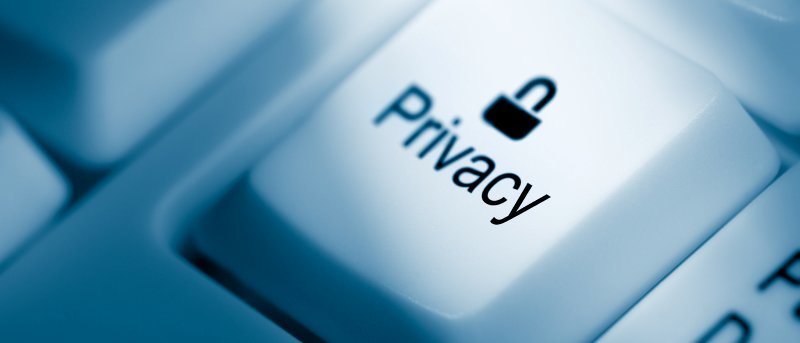
So, to recap, you have a pair of keys, a public and a private one. However, it’s worth noting that you can’t use a public key to decrypt an email since the decryption part takes place on the recipient’s device that has the other half of the key (aka the private one), which is used for decryption. Now we know it may feel a bit confusing that all these keys are out there publicly available, which may not offer you the sense of privacy and secrecy you were looking for. You then use the recipient’s public key to encrypt the email. If you want to send an encrypted email to a recipient, you must look up their identity on the public server (also referred to as a keyserver), which will be associated with a public key and their email address.
#Email encryption service for mac code#
This code that the computer generates for email encryption is based on a technology called public-key cryptography.Įach email user can have a pair of keys, one of which is kept on a public server (public key), and the other stored privately on their device of choice (the one that’s used to receive emails). So, how can you know that you both have the same key, and even more than that, how can you be sure that nobody else has it? How does email encryption work?Īs we mentioned just above, email encryption is based on keys made of code that are generated by computers, to avoid human error and to add a random factor that humans aren’t exactly excellent at (aka avoid forming patterns).

Upon receiving the box, your friend uses the key that was identical to yours to open the box and enjoy its content.Įmail encryption works the same way, only the box is the email, and your identical keys are actually virtual and made of complex codes. Now you send a box of stuff over to their place and lock it with your key. Imagine that you and a friend have two identical keys that open the same lock. Without previous knowledge about encryption and the way it works, encrypting your email can seem unnecessarily complicated, but trust us, once you get the hang of it, it’s not a big deal. It goes without saying that the sender needs the key to encrypt the contents of the email, while the recipient needs the same key to unscramble it. Thus, if you want to send an email that can’t be deciphered by anyone between you and the recipient, you’ll need an encryption key. You can probably understand why encryption can and does play a major role in sending or receiving private emails that no one but the sender and recipient can read. That way, only those who have or know the key can decrypt the information and see it in its original form.

One of the most common ways to do so is through encryption, as it renders the content of your emails unreadable unless you have the decryption key.ģ0-days money back guarantee Encrypted email (meaning)Įncryption is a way to protect information by encoding it and locking it away with a key. On the bright side, there are several methods you could use to protect your emails from falling in the wrong hands.

However, since they’re used to transport so much information to and from various individuals or companies, emails are also perfect targets for hackers, who use various vulnerability exploits, social engineering, and various other techniques to get their hands on them. Emails are still one of the most popular forms of communication in the 21st century, despite technological advancements that allow us to send and receive messages and media files in real-time, as well as chat with video enable over VoIP services.Įmailing may be mostly used by businesses to notify you about important events, send you newsletters, or ask you to confirm the creation of a new account, but they’re also used by individuals if an immediate response is not required from the recipient.


 0 kommentar(er)
0 kommentar(er)
